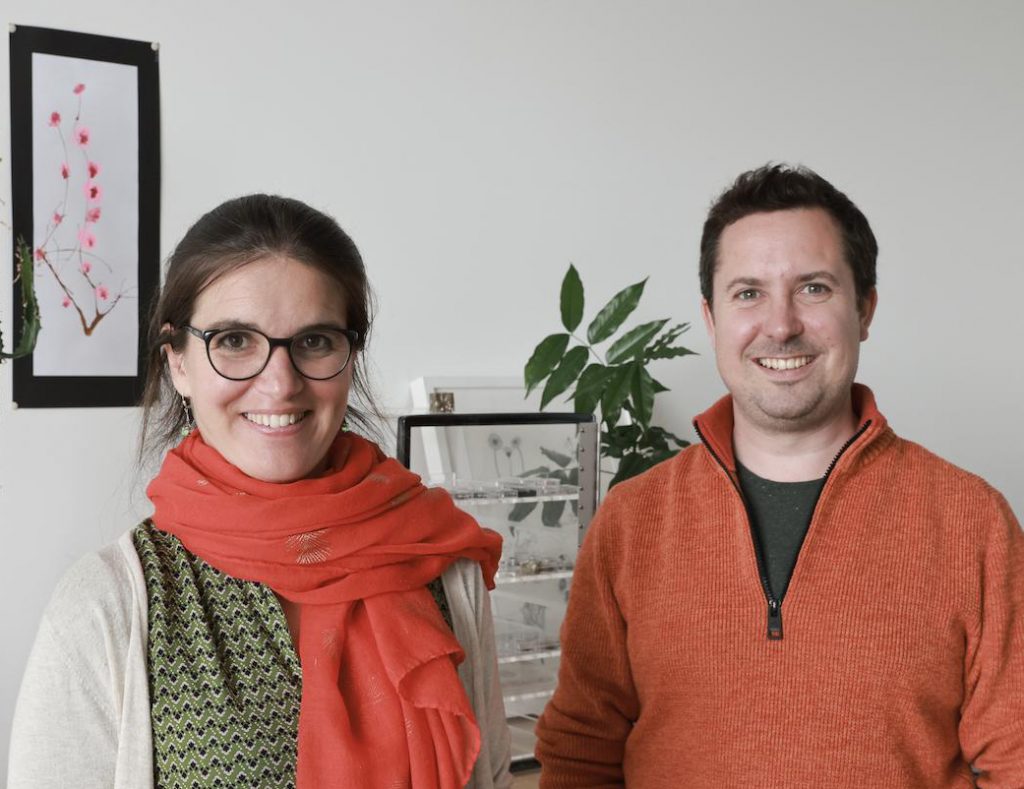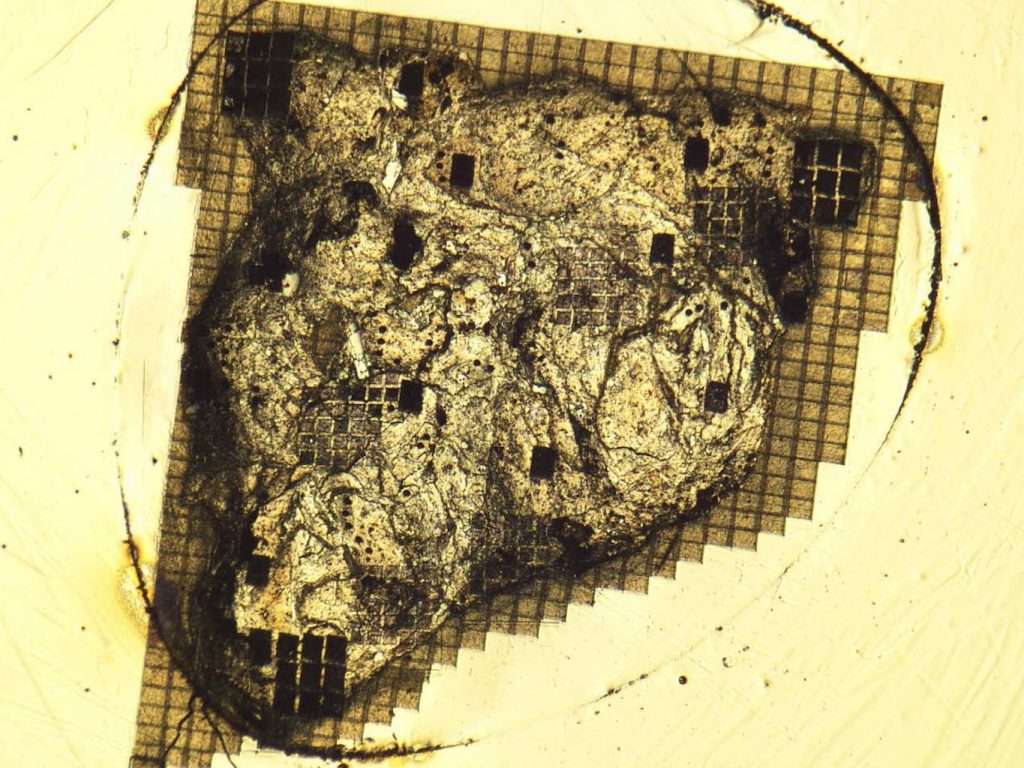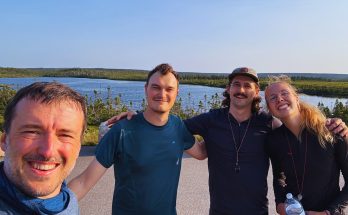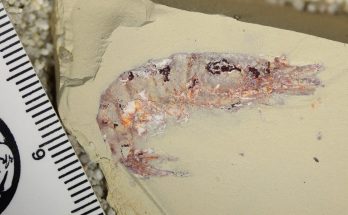Cette publication est également disponible en :
![]() Français
Français

Scientists from the University of Lausanne (UNIL) and the Museum of Natural History of Geneva (MHNG) have been selected by the Japanese Aerospace Exploration Agency (JAXA) to work on two samples of the asteroid Ryugu, one of the most primitive objects in the solar system.
The specialists have one year to analyze the chemical composition of these samples, which arrived in Lausanne recently. Their study aims at a better understanding of the water and sulfur cycle in the early solar system.
- Ryugu is a witness of the time when the solar system and the planets were formed.
- The samples, taken directly from the surface of the asteroid, are in a unique state ofpreservation.
- Ryugu is a mine of information and it could help to lift the veil on fundamental questions suchas the formation of the solar system and the origin of life on Earth.
- The UNIL and the MHGN will study the evolution of sulfur and the nature of water on Ryugu.They will contribute to the question of the origin of water on our planet.
In 2020, the Japanese space probe Hayabusa 2 brought back to Earth 5.4 grams of the asteroid Ryugu, located at nearly 300 million kilometers from Earth. This exceptional celestial object, rich in carbon and with a diameter of 900 meters, is one of the most primitive in the solar system.
Many studies are underway around the world to analyze the composition of Ryugu and to trace its evolution. The first studies have already delivered groundbreaking results, and scientists are going from discovery to discovery. The last one revealed that on Ryugu, the necessary building blocks for life are available. The future research should allow to lift the veil on fundamental questions concerning the constitutive elements of the solar system – which also make up the earth – or the appearance of life.
At the University of Lausanne (UNIL), specialists from the Faculty of Geosciences and Environment, in collaboration with the Natural History Museum of Geneva, will contribute to the study of two asteroid samples entrusted by the Japanese Aerospace Exploration Agency. The scientists will analyze small mineral grains, about 50 to 500 micrometers in size. For comparison, the thickness of a human hair is about 80 microns.
The measurements will be performed with the SwissSIMS ion probe, a very powerful analysis instrument unique in Switzerland and installed at UNIL as part of the Advanced Center for Surface Analysis (CASA).
Did asteroids bring water to Earth?
“Originally, Ryugu was formed by condensation of dust and ice,” explains Johanna Marin Carbonne, co- director of the research, and professor at the Faculty of Geosciences and Environment of UNIL. “Then the ice melted, and fluids started to flow on the surface of the asteroid. With our team, we will study the composition of the rocky part of Ryugu, and how it was altered by the passage of the fluids.”
Scientists will focus on the analysis of two minerals: sulfides and apatites, which are rich in volatile components (elements with a low boiling point) such as chlorine, sulfur or fluorine. These analyses should give valuable information on the initial composition of sulfur on Ryugu, and by extension, that of other elements in the solar system, as well as on the nature of the fluid that passed through Ryugu.
“We will try to reconstruct the composition of the oldest water on Ryugu and to see if the chemical signature of this water is comparable to that found on our planet,” says Nicolas Greber, co-initiator of the project and researcher at the Museum of Natural History in Geneva. “One of the major underlying questions is whether or not the asteroids brought the water to Earth,” he says.
Two Swiss projects selected
In Switzerland, two projects have received Ryugu grains for this round of sample allocation. The joint project UNIL & MHNG, and the one of ETHZ, led by Professor Henner Busemann. “It is an invaluable chance to be able to study these samples”, rejoices Johanna Marin Carbonne from UNIL. “There are meteorites on Earth of the same family as Ryugu, but they have been altered by time and by the passage through Earth’s atmosphere during their fall. In this sense, the Ryugu samples are unique”.



